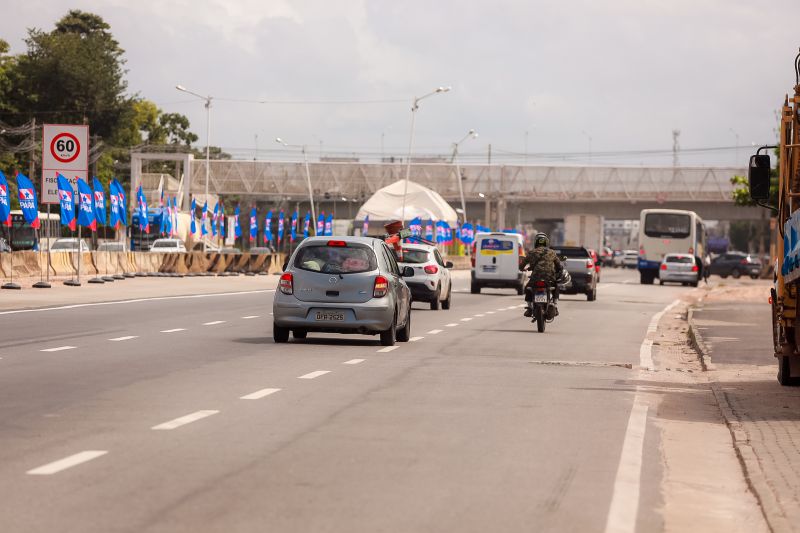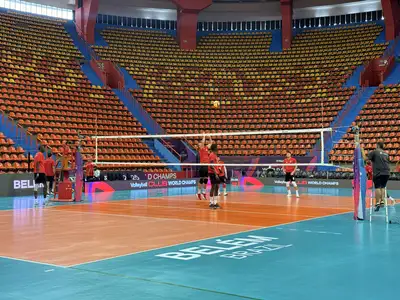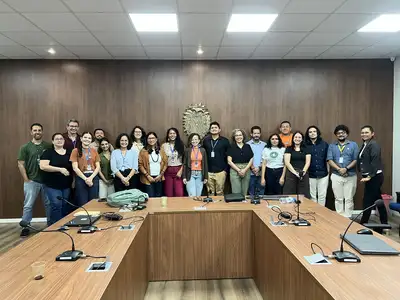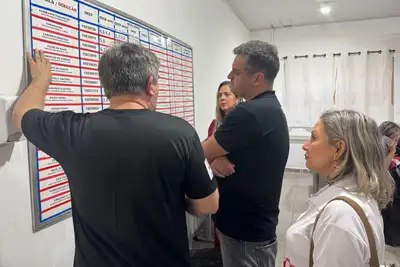Detran advises on road safety on BR-316, within the Metropolitan BRT area
Closure of U-turns aims to increase safety and traffic flow in the stretch, which receives about 49,000 vehicles per day
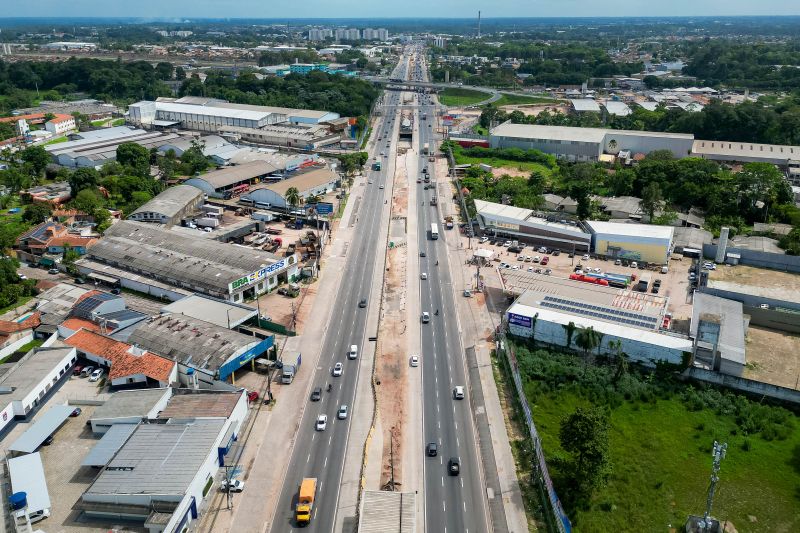
The State Government delivers the Metropolitan BRT today, and the moment requires heightened attention from everyone traveling on the BR-316 highway. With the intense flow of vehicles — about 49,000 per day — Detran of Pará reinforces the importance of respecting the new signage and understanding the changes implemented to ensure safety and traffic flow.
The State Traffic Department (Detran), responsible for monitoring the highway from km 1 to km 18, explains that the work has brought significant changes to the dynamics of the road, especially with the closure of the old U-turns.
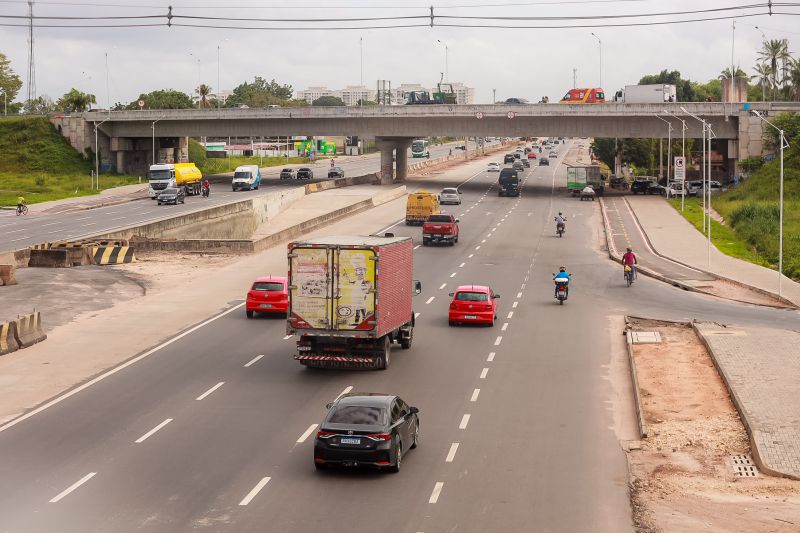
“The U-turns, which were being made at the intersections of Entroncamento, Mário Covas, Ananin, and Avenida Independência, occupied the lanes of the rigid pavement. With the start of BRT bus traffic, these maneuvers became risky and significantly increased the potential for collisions between vehicles. Therefore, U-turns must now be made exclusively via the existing overpasses every approximately 3km along the highway,” explains Detran's Inspection and Operations Coordinator, Ivan Feitosa.
With the removal of traffic lights and the closure of U-turns, traffic flows more safely and continuously, reducing congestion points and improving travel time for those using BR-316 daily.
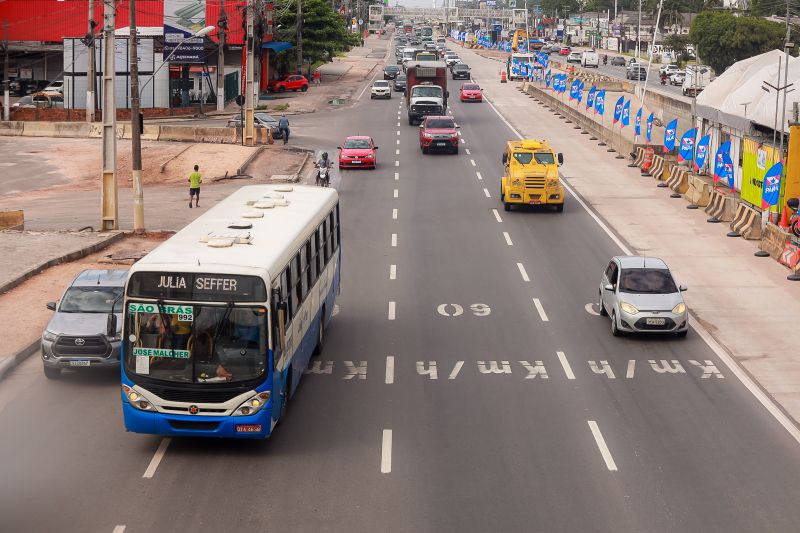
“BR-316 is the main entry and exit route for Belém, as well as connecting municipalities with high population density such as Ananindeua and Marituba. These changes are necessary to keep up with traffic growth and ensure more safety for all users of the road,” emphasizes Feitosa.
The coordinator also highlights that the Metropolitan BRT was designed to integrate public transport and provide more fluidity to traffic, as is the case in major urban centers across the country. He also points out that Detran continues to intensify monitoring and enforcement through intelligent cameras that automatically record violations such as running red lights and illegal turns in the exclusive BRT lane.


